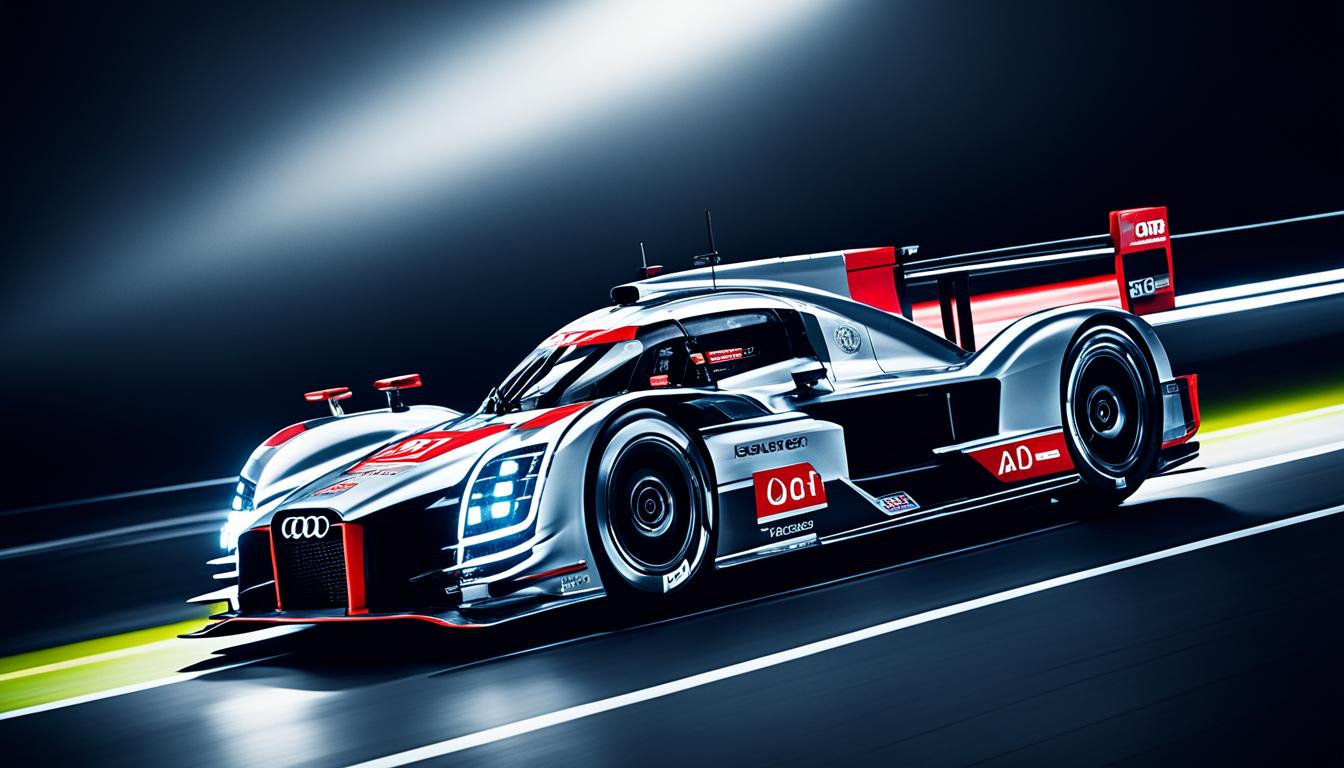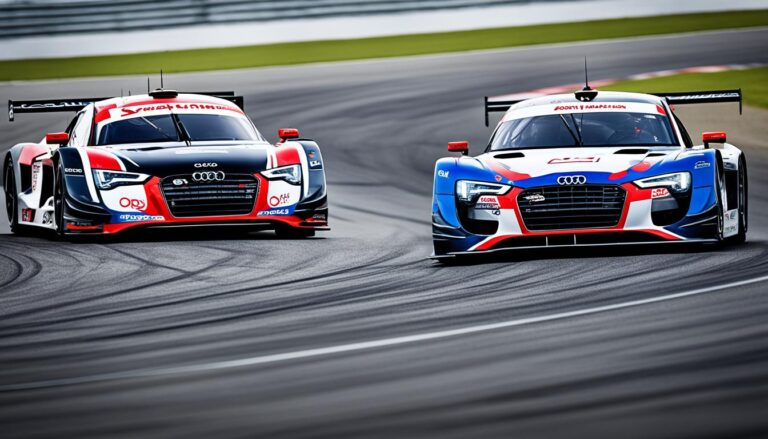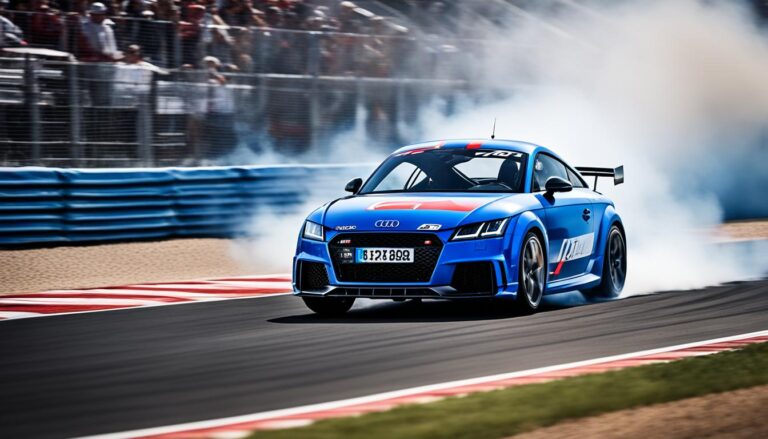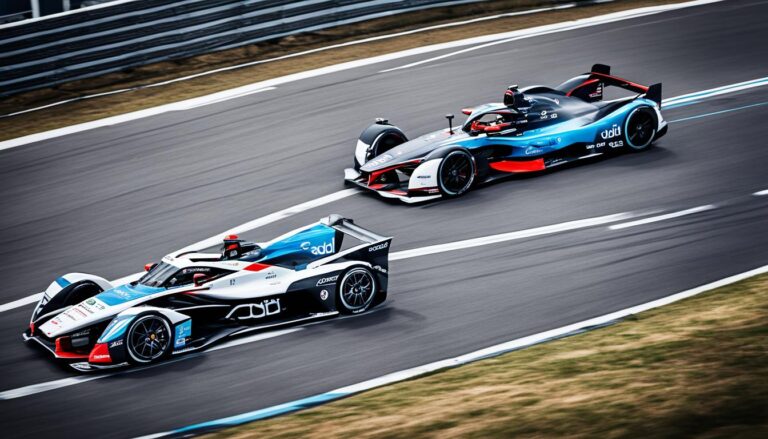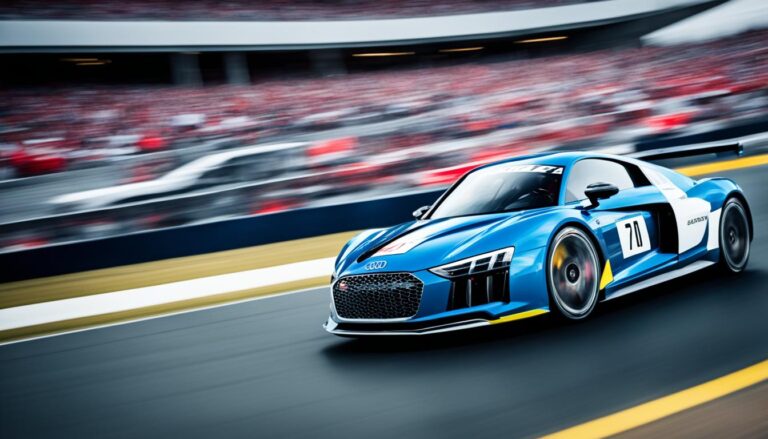Audi R18 e-tron quattro with laser light
The Audi R18 e-tron quattro with laser light technology represents a remarkable stride in automotive innovation within the realm of endurance racing. Since its debut in 2012, we have witnessed the evolution of this hybrid race car, which seamlessly integrates a V6 TDI diesel engine and an electric motor to deliver not just performance but also efficiency. This game-changing vehicle elevates night-time visibility thanks to its advanced laser light technology, reflecting Audi’s unwavering commitment to enhancing safety and functionality on the racetrack. In this section, we will explore the intricacies of the R18 e-tron quattro’s design and performance metrics that have influenced modern racing dynamics.
The Evolution of the Audi R18 e-tron quattro
The Audi R18 series has played a pivotal role in shaping the endurance racing landscape. As we explore its evolution, we can appreciate how the Audi R18 legacy intertwines with the broader racing history and the triumphs of Audi motorsport. From its inception, this vehicle has solidified its status among endurance racing champions, consistently pushing the boundaries of both performance and innovation.
Introduction to the Audi R18 Legacy
Since its debut in 2011, the Audi R18 has become synonymous with excellence in endurance racing. Each iteration reflects Audi’s commitment to racing technology advancements, allowing the brand to maintain its competitive edge. The legacy of Audi Racing is evident in the numerous accolades and victories achieved at iconic events, particularly the renowned 24 Hours of Le Mans. This history is not just about winning races; it embodies the spirit of innovation and the relentless pursuit of automotive perfection.
Technological Advancements Over the Years
The evolution of the Audi R18 e-tron quattro highlights significant progress in Audi technology, particularly through hybrid vehicle innovations. The introduction of the hybrid powertrain transformed endurance racing strategies, balancing speed with fuel efficiency. This shift has prompted teams to rethink their approaches, showcasing the impact of Audi R18 on future developments. Aerodynamics, lightweight construction, and advanced driving systems illustrate how Audi has led the way in racing technology, ultimately enhancing track performance against emerging competitors.
Impact on Endurance Racing
The Audi R18 e-tron quattro has considerably influenced the entire endurance racing scene. By driving competitors to innovate, it has initiated a domino effect, promoting sustainability and green technologies in motorsport. The numerous victories this vehicle secured, including three consecutive wins at Le Mans, underline its critical role in endurance racing evolution. The R18’s legacy inspires teams to embrace hybrid models, firmly establishing the concept of sustainable racing at the forefront of the industry.
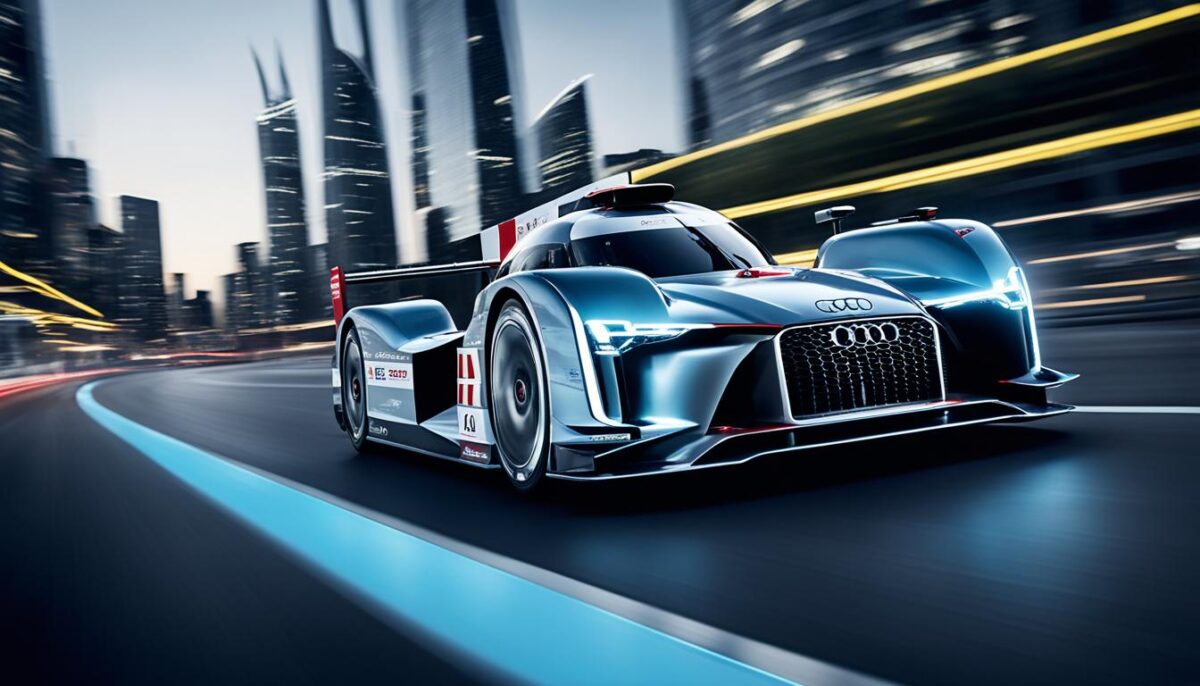
Audi R18 e-tron quattro with laser light: A Game-Changer in Automotive Engineering
The integration of laser light technology into the Audi R18 e-tron quattro sets a new standard in automotive lighting. This advanced technology allows for sharper, more intense beams compared to traditional systems, significantly enhancing visibility on the racetrack. With precise illumination, drivers can navigate the complexities of racing at night, making laser lights a crucial aspect of modern race car design.
Understanding Laser Light Technology
Laser light technology represents a breakthrough in automotive lighting, allowing for longer-range visibility and improved energy efficiency. Compared to LED lights, Audi laser lights generate a focused beam that penetrates darkness more effectively, providing drivers with clearer sight lines during night-time driving. This capability is essential for maintaining speed and safety in high-stakes racing environments.
This Car’s Unique Features and Specifications
The Audi R18 e-tron quattro boasts impressive specifications that exemplify its hybrid racing car design. It features a powerful 3.7-liter V6 TDI diesel engine paired with an electric motor, achieving a combined output exceeding 500 horsepower. These Audi R18 specifications play a significant role in its exceptional performance, allowing for lightning-fast acceleration and agility on the track.
| Feature | Details |
|---|---|
| Engine | 3.7-liter V6 TDI diesel with electric motor |
| Power Output | Over 500 horsepower |
| Design | Sleek aerodynamic body with active aerodynamics |
| Suspension | Enhanced for optimal performance |
How Laser Lights Enhance Night-Time Driving
Laser lights deliver notable benefits for racing at night. Their ability to cast a stronger and clearer light allows drivers to maintain better awareness of their surroundings, improving depth perception and track boundary recognition. As the laser beams illuminate the raceway, navigating bends and obstacles becomes easier, enhancing both performance and safety. The adoption of this technology in the Audi R18 e-tron quattro reflects our commitment to advancing night-time driving technology, providing a competitive edge in endurance racing.
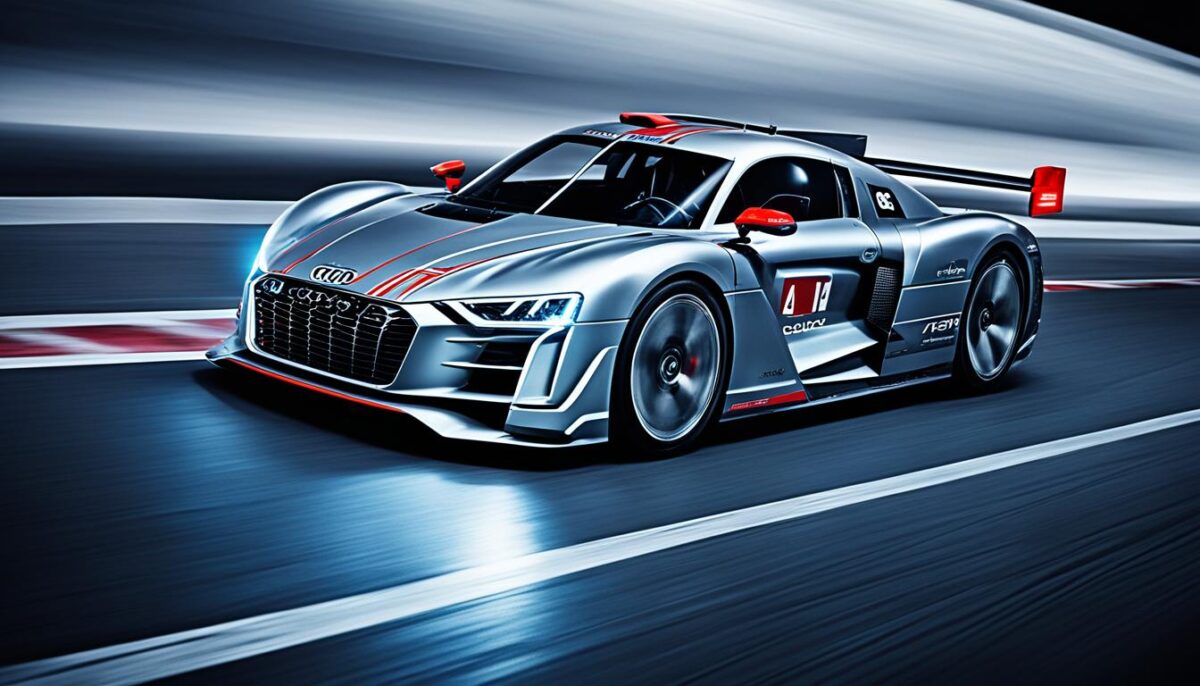
The Future of Endurance Racing: Our Insights
As we look to the horizon of the future of endurance racing, it’s clear that advancements in automotive technology will take center stage. The shift towards electrification and sustainability is already influencing how manufacturers are designing their vehicles. With leaders, such as Audi, at the helm of hybrid and electric vehicle racing, we can anticipate a surge in environmentally friendly alternatives that will not compromise on performance. It’s an exciting time for motorsport enthusiasts.
The integration of artificial intelligence and data analytics has the potential to revolutionize race strategies. Teams will now have the ability to leverage real-time data to make split-second decisions, optimizing their performance on the track. This push towards embracing new technologies aligns perfectly with the prevailing automotive trends, highlighting how insight and innovation can elevate endurance racing to new heights.
Moreover, we can expect continued improvements in high-performance materials that promise to enhance vehicle capabilities. These advancements will not only improve speed and agility but also focus on sustainability, further supporting the growth of endurance racing technology. The endurance racing landscape is undoubtedly on a transformative journey, and we’re eager to witness how these changes will shape the sport in the coming years.

